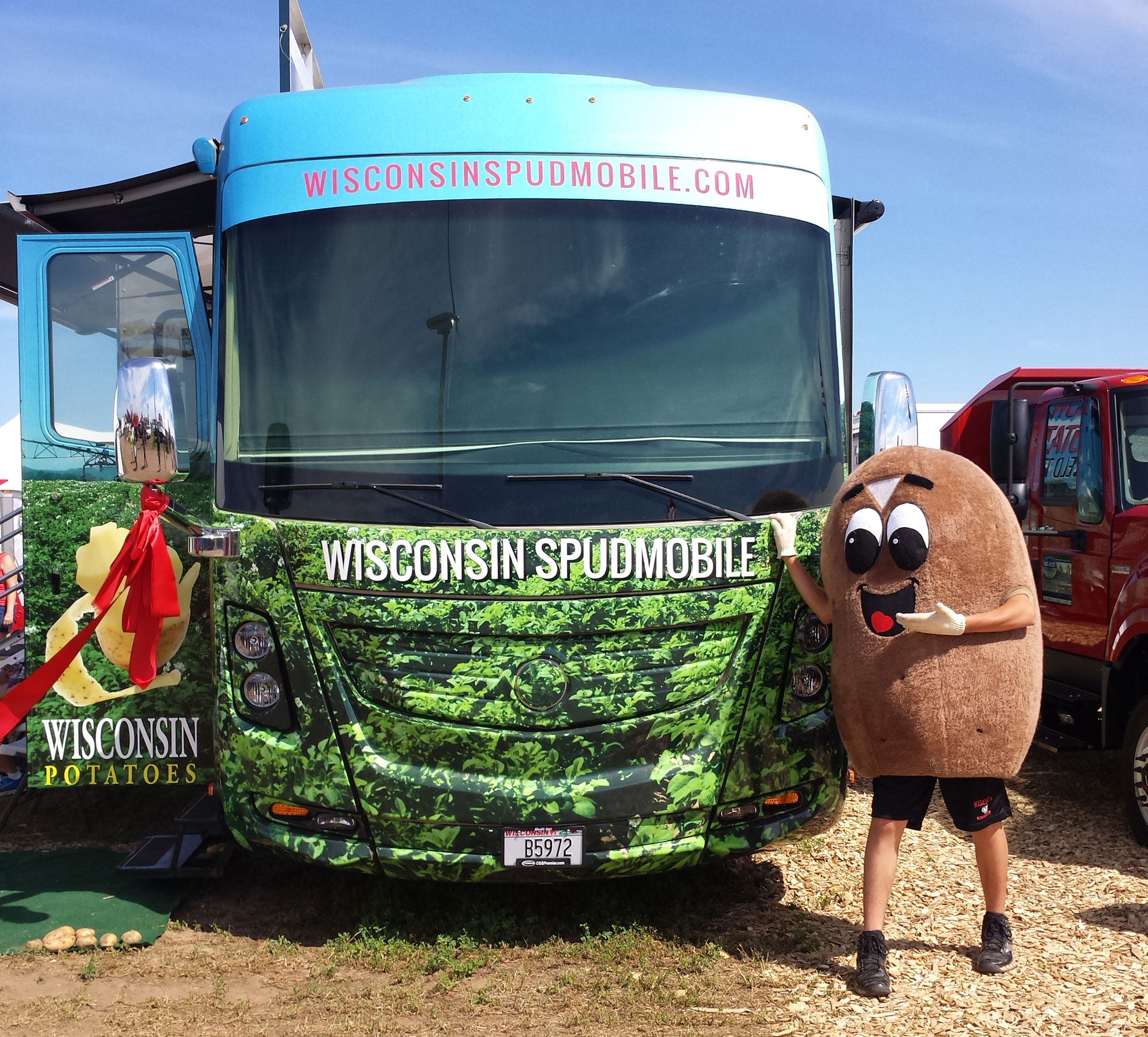Do Your Potato Plants Have Late Blight?
So far this season, the fungus causing late blight on potatoes has been found on farms in New York and Washington — and in one Wisconsin location in Waukesha County. The concern with blight is that the fungus travels on wind currents — and the hot and humid weather of this past summer favors the spread of the late blight fungus as well.
Symptoms of late blight.
Wisconsin gardeners should be aware of what late blight looks like (it can also affect your tomato plants) and how to properly dispose of infected plants in order to ensure the fungus doesn’t spread. It can be difficult to distinguish late blight from early blight or septoria. Look for the following:
- Late blight symptoms begin on the leaves. Pale or olive green patches will form on the margins or tips of the leaves. These patches will rapidly enlarge to become large, dark, oily-looking blotches on the leaves. The plant will turn brown and die within 7 to 10 days of infection.
- If the weather has been humid, plants with late blight may have a whitish-gray fuzzy growth on the undersides of leaves. This can be seen in the morning.
- Late blight lesions can be seen on leaves, stems or fruit. Stems can have dark brown or black lesions. Infected fruit will have golden or brownish lesions at the top and sides of the fruit. The fruit may also have sunken spots.
-
Plants with early blight have smaller lesions (less than ½ inch) and the lesions tend to be tan with either rings or yellow halos around the lesion.
-
Plants with septoria have very small lesions (less than 1/8 inch in diameter) with black spots in the center. Septoria generally does not occur on fruit.
Late blight can be prevented by treating plants each week with a fungicide. The synthetic fungicide products that contain chlorothalonil are very effective. Organic gardeners should select fungicides with copper. Fungicide recommendations are available from the UW- Extension, at http://www.plantpath.wisc.edu/wivegdis/.
How to get rid of infected plants.
You certainly don’t want to spread late blight, so it’s important you properly dispose of infected plants. Pull your infected tomato or potato plants (including the roots), place them in a bag and place the bag in direct sunlight for several days. Place the bag in your trashcan for removal. Do not compost infected plants or plants parts such as leaves, stems or fruit.
Please report infections.
The Department of Agriculture, Trade and Consumer Protection (DATCP) would like to receive reports of late blight infection from the public and commercial growers. Reports may be sent to Adrian Barta (608-224-4592).
Resources.
For avid gardeners — or the simply curious — following are links that provide you with blight updates and options to prevent blight in your at-home garden:
- Disease reports and management guidance for Wisconsin are available from Dr. Amanda Gevens at the UW Vegetable Pathology website.
- Dr. Sally Miller of Ohio State University and Dr. Meg McGrath of Cornell University offer an eOrganic webinar.
- Tomato-Potato Smith Late Blight Risk Map.
- If you think you may have late blight in your garden you may also contact Amanda Gevens at the University of Wisconsin (608-890-3072) for assistance.
- Help for gardeners: wihort.uwex.edu, http://learningstore.uwex.edu/, milwaukee.uwex.edu.





